In this article
View 3 More +Any new lump or bump on your dog’s skin warrants a veterinary visit. Certain lumps that dogs can present with can be cancerous and change rapidly, making immediate treatment of the utmost importance.
One type of lump that you may see on your pup is a papilloma, or wart. This tiny bump is caused by a papillomavirus infection. The good news is that canine warts usually go away on their own and rarely need additional treatment. That said, you should still have them properly diagnosed by a vet.

Where Do Warts on Dogs Come From?
There are many types of papillomaviruses, but the one we’re most concerned with here is the canine papillomavirus-1, or CPV-1. It infects dogs but fortunately, not humans. Papillomaviruses are tough, able to exist in the environment for long periods of time, waiting for an unsuspecting pup to come along. It can also be transmitted directly from dog to dog.
The virus enters the skin through a scrape or bug bite or even moist skin. From there, it takes over the area, causing rapid cellular division that leads to a growth or bump. In healthy dogs, this process can continue for a while, but eventually, the immune system gets a handle on the virus and shuts off the rapid division mode, causing the wart to go away.
Unfortunately, warts can be more serious in young pups, as their immune system is still developing, and in senior dogs, since their immune function isn’t what it used to be. Dogs that are immunocompromised will also be at higher risk.
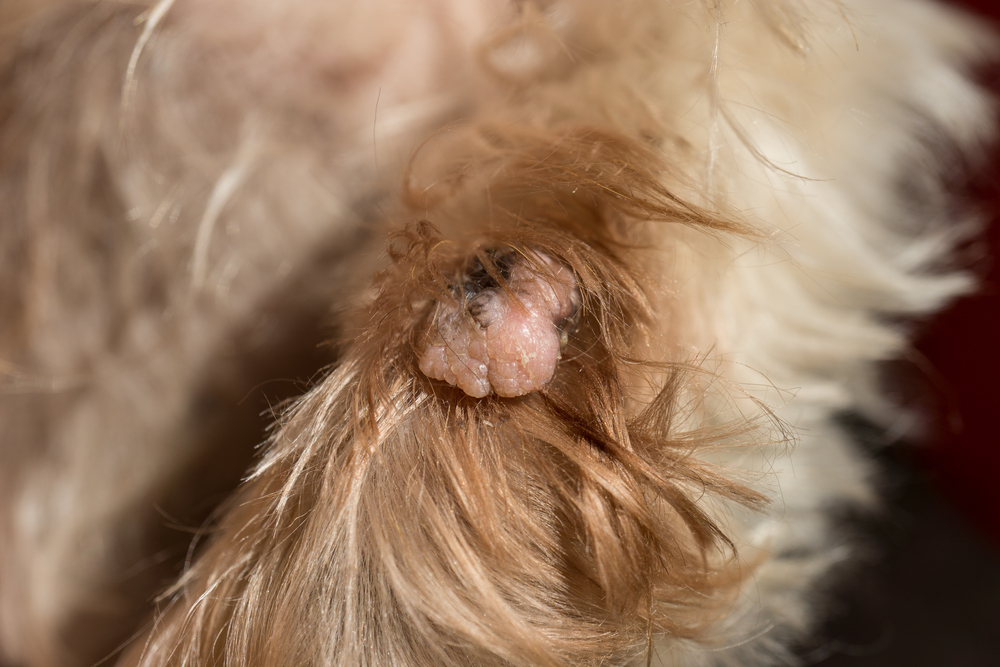
What Do Warts Look Like in Dogs?
Warts typically look like tiny, bumpy bumps. They tend to be round with a texture similar to that of cauliflower. Puppies will generally get warts around their mouth, as moist skin is a common entryway for the virus. They will usually have multiple lumps on the lips or even inside the mouth.
When on the body, warts tend to be loners, showing up as singular lumps here and there. They can also show up on the eyelids, the genital area, or the feet.
Some dogs won’t even know that they have warts, while others will constantly scratch or chew at them, causing them to bleed or even become infected. Warts on the paws may cause pain and lameness.
If your dog appears to be developing warts and you’re concerned about their health, you should contact your vet.
If you need to speak with a vet but can't get to one, head over to PangoVet. It's our online service where you can talk to a vet online and get the advice you need for your pet — all at an affordable price!

How Are Warts Treated in Dogs?
Any lump or bump requires a veterinary diagnosis. Even though warts often have a tell-tale appearance, your vet will want to get a sample of them to make sure they’re not something more sinister. If your dog is otherwise healthy and unbothered by the wart, your vet may recommend simply watching and waiting, as the lump will often go away within a month or two.
If your pup is overly agitating the wart or has other health concerns, your vet may choose to remove it. This can usually be done with sedation, local anesthetic, and a couple of stitches, or the wart can be cryogenically frozen.
Dogs that are overrun with warts may require further treatment, including azithromycin, which is an antibiotic, or imiquimod, which is a medication that stimulates immune function. Not every dog will need these, though, as most warts will resolve on their own.
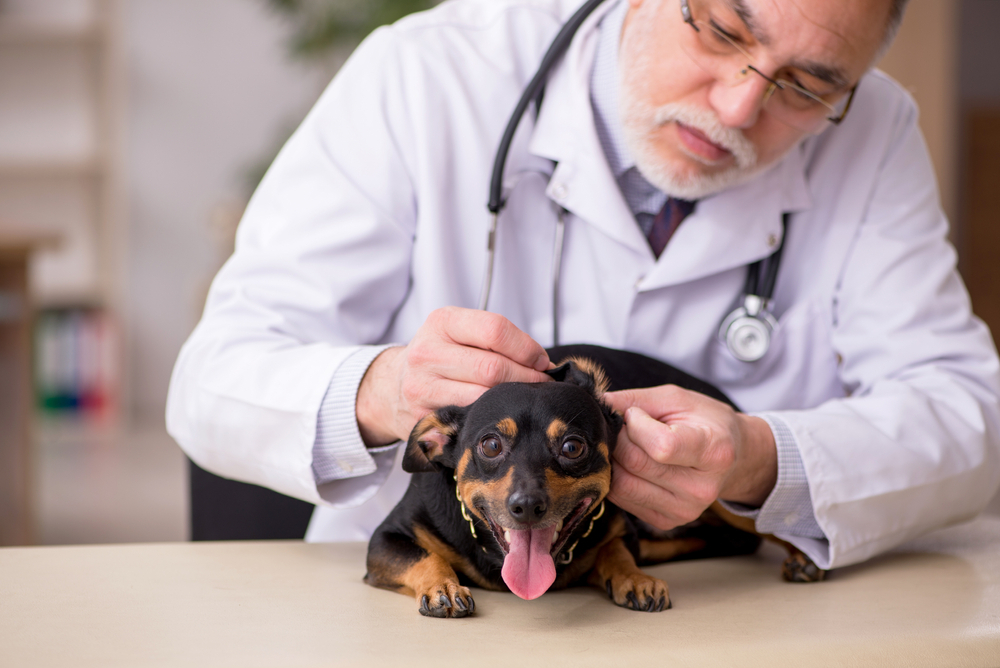

Frequently Asked Questions
Should I Worry If My Dog Has Warts?
Fortunately, warts are rarely a problem for dogs, and most will go away on their own. However, a dog might get a mouth full of warts, which can make it uncomfortable for them to eat, or they might scratch or bite at a wart so much that it gets inflamed and infected. In these cases, veterinary removal may be the best option.
Even if you’re almost certain that your dog’s new lump is a wart, always be sure to have a vet take a look at it just to make sure it isn’t cancerous.
Why Does My Dog Suddenly Have Multiple Warts?
Since warts are brought on by a viral infection, coming in contact with a dog with warts can also make your dog lumpy and bumpy. Fortunately, most healthy dogs will have no trouble fighting them off within a month or two. Older dogs or young puppies may be more prone to warts, though, as their immune systems may not be fully functional.
Suddenly having multiple warts could also indicate that something is out of balance with your dog’s immune system, which warrants a vet visit. Also, what you think is a wart might actually be a different kind of growth, such as a benign sebaceous gland tumor or another kind of cyst. Again, only a veterinarian can tell.
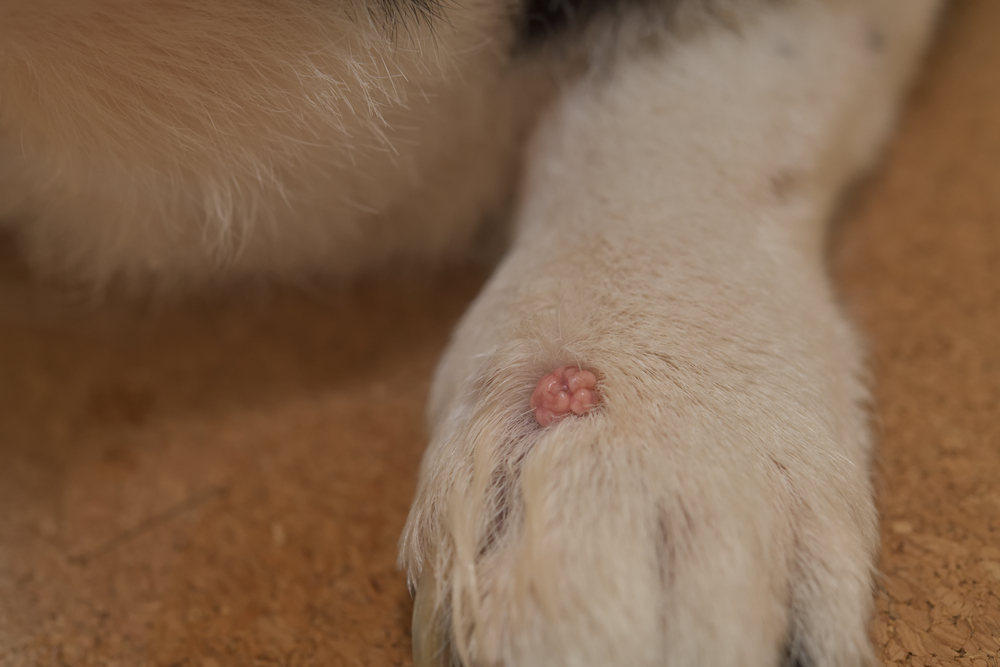
Are Certain Dog Breeds More Prone to Warts?
Warts do seem to show up more in certain dog breeds, such as Cocker Spaniels. Their propensity for skin issues in general gives the virus easy access to the body. It’s also possible that Cocker Spaniel warts are another, similar-looking skin condition altogether.
Can Humans Catch Warts From Dogs?
Humans get warts due to a similar process of papillomavirus infection. However, papillomaviruses tend to be species-specific. So, canine papillomaviruses stick with canines and don’t cross over to humans and vice versa. Canine papillomaviruses will easily spread from dog to dog, though.

Conclusion
For most dogs, warts are just unsightly blemishes that will pop up and then go away within a couple of months. But for other dogs, a wart can become an ugly infection, brought on by relentless chewing or licking. For these dogs, removal of the wart with surgery or cryotherapy may be the ideal option. Whichever the case, always see your vet to get a proper diagnosis of any lump or bump on your pet and to determine the best treatment.
Featured Image Credit: nelladel, Shutterstock
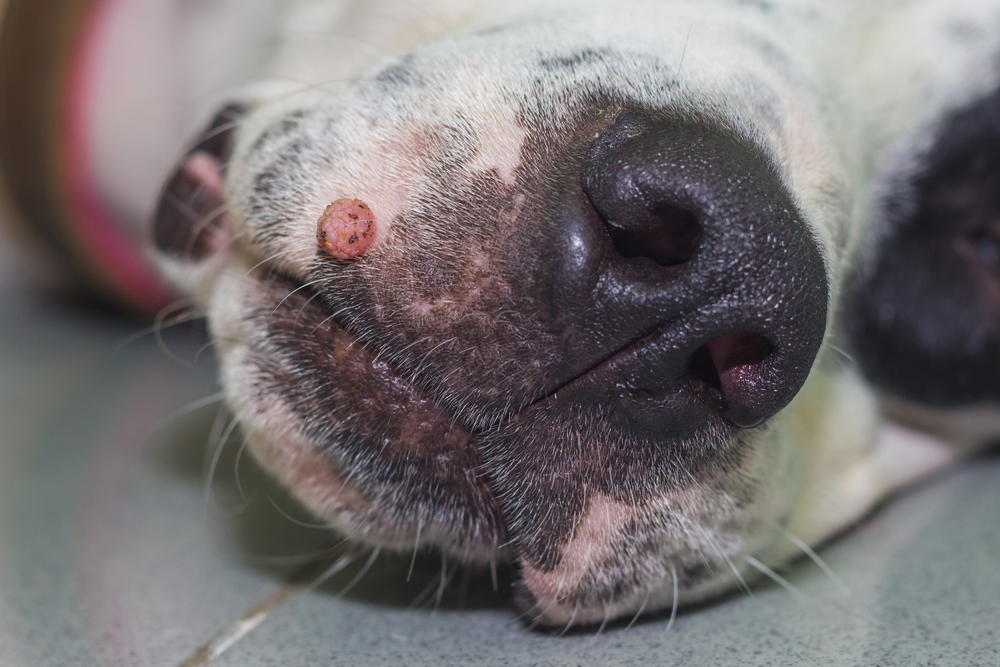

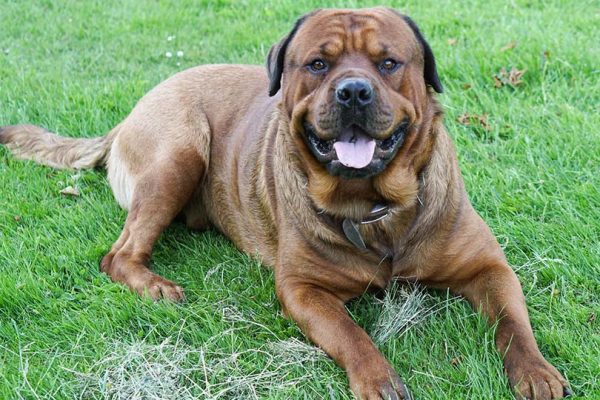
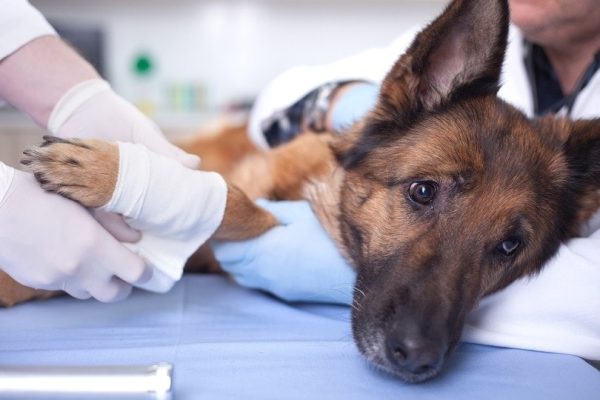
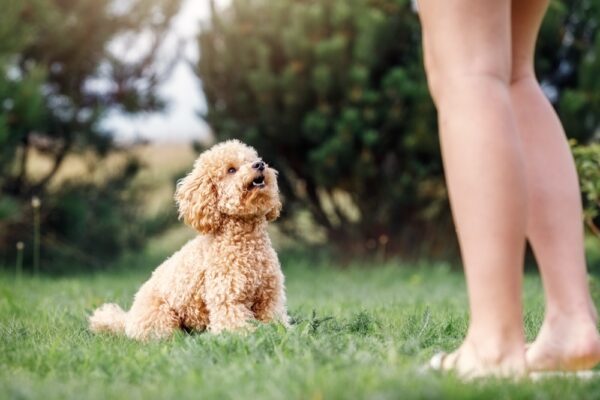



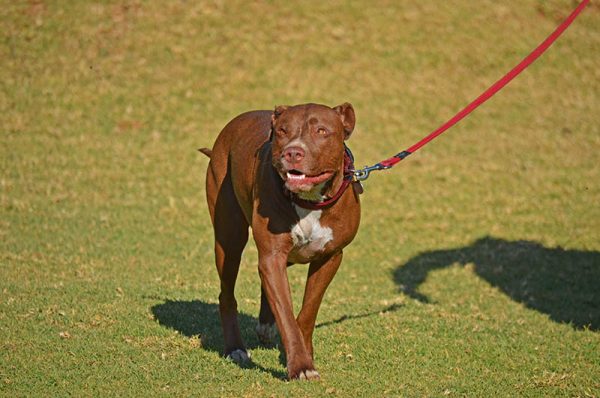
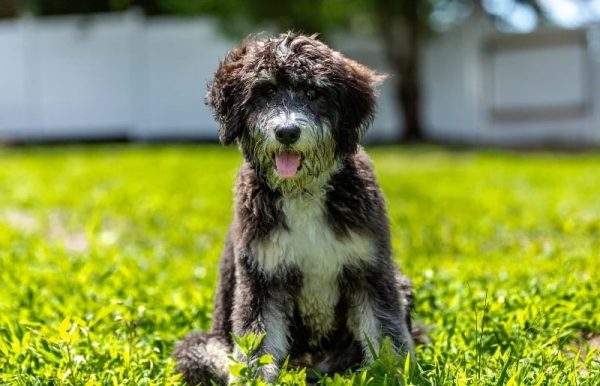
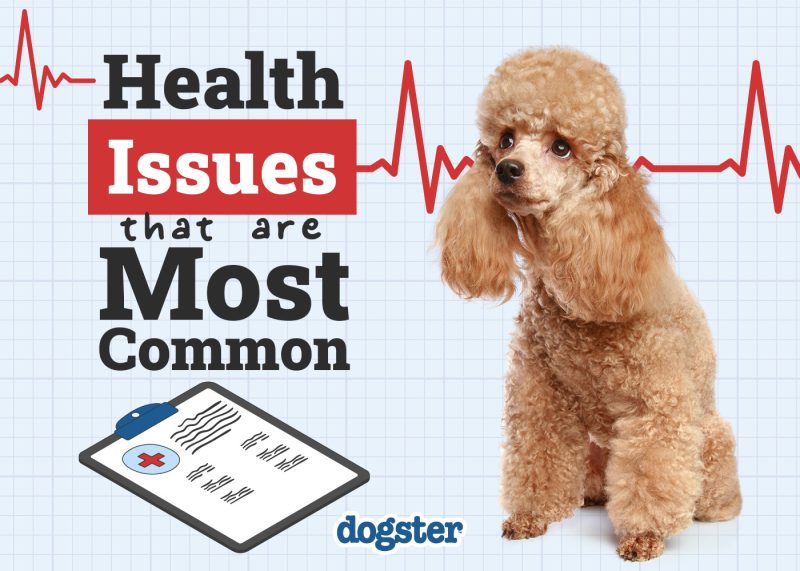



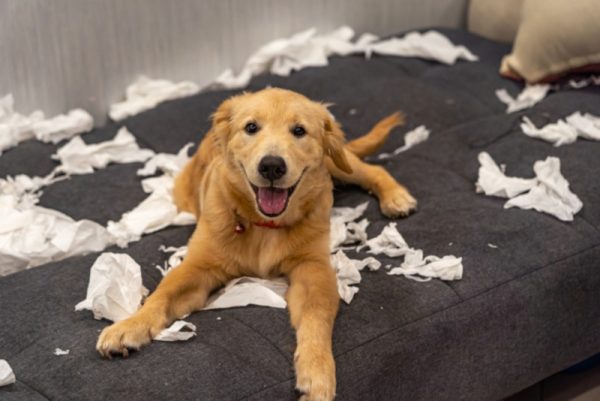
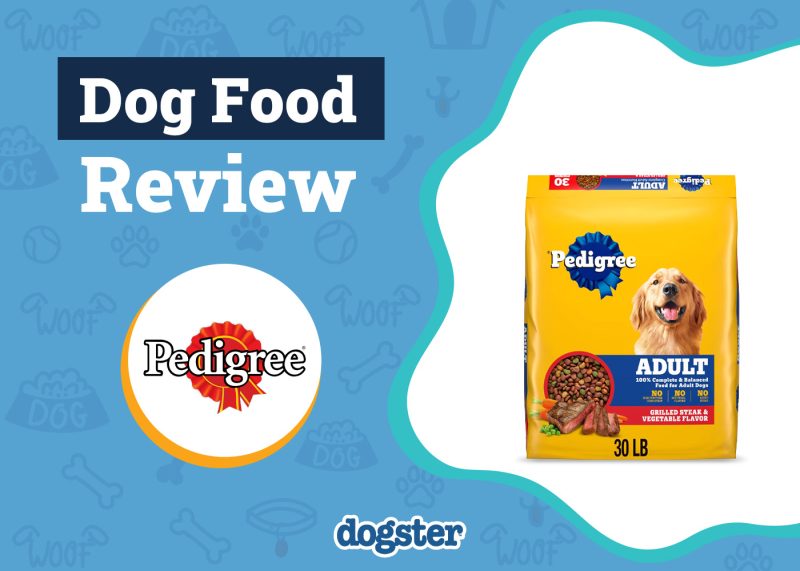

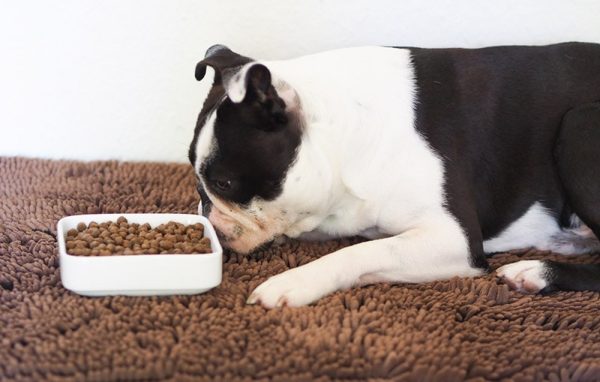


2 Responses
my dog has several warts on her body mainly back and belly.
my concern is when she gets a hair cut some my be cut .
would this be a problem some readers may have the same problem
Hi Douglas,
That’s a really good question, and one many dog owners wonder about. Warts are fairly common, especially in older dogs, and while they’re usually harmless, it’s best to be cautious during grooming.
If your dog has visible warts, let your groomer know ahead of time so they can trim carefully around them. Accidentally nicking a wart could cause a bit of bleeding or irritation, so it’s worth mentioning before the haircut. If you ever notice a wart changing in size, shape, or color, it’s a good idea to have your vet take a look to rule out anything more serious.
Thanks for your comment 🙂